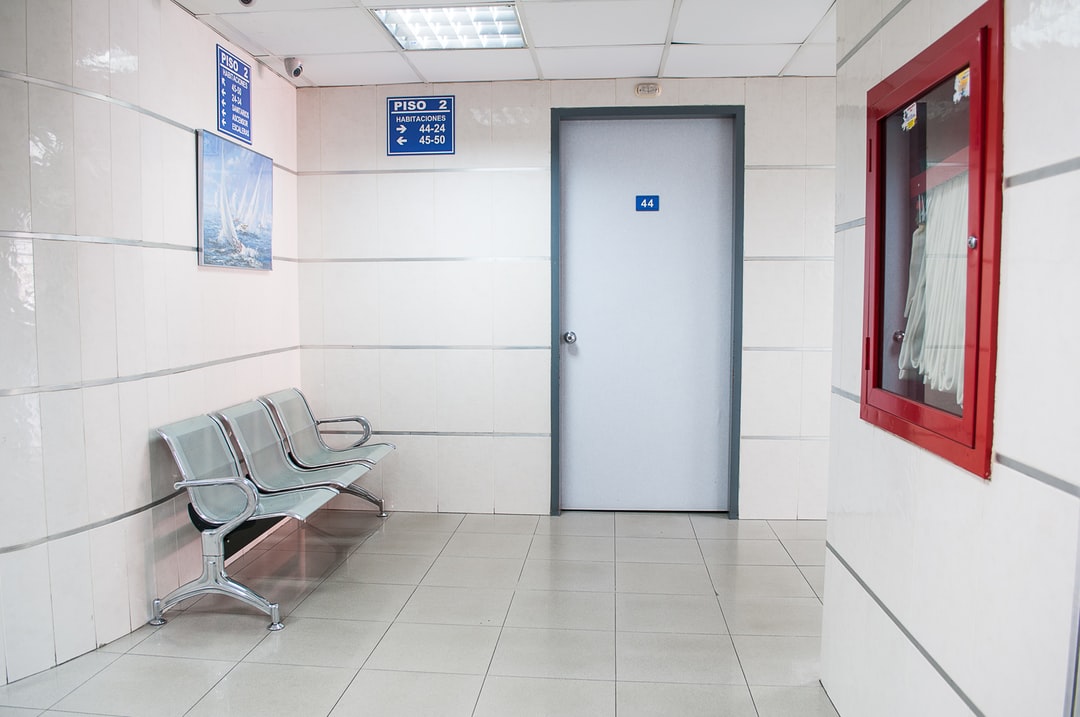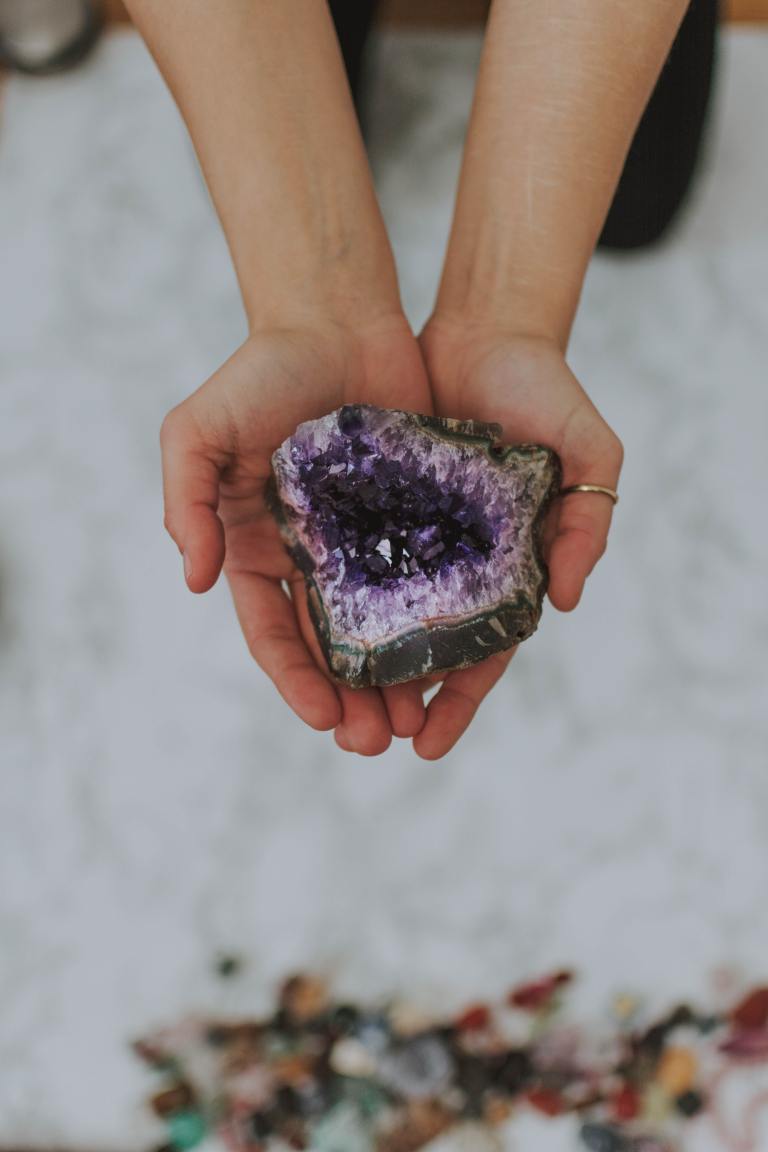This Is What It’s REALLY Like To Go Through EMDR Therapy
I’m keenly aware that my anxiety level is through the roof, almost as if my fight or flight response is in extreme overdrive. It is.
By Rob Leathen
What’s it like using EMDR in a therapy session to deal with a problematic incident?
My therapy session starts like every other previous therapy session, with idle chat with my therapist about how my previous week was. The conversation has nothing to do at all with any of my previous incidents I have responded to and not even about the current things we’re working on. Regardless of the topic of conversation, I immediately feel at ease and comfortable, a feeling that comes from being in this office with my therapist and at this welcoming judgement-free clinic, my safe place. It’s a feeling I look forward to as I travel to my appointment, even though I know how my session will end.
We reach that inevitable point in my session where I can no longer consciously ignore why I’m there. In a very comforting tone, I hear those dreaded words: “Let’s revisit that call.” My heart beats faster and the thoughts start swirling in my head like a tornado. I’m very much aware of the tension quickly building in my shoulders and body and those stress wrinkles forming across my forehead. I get that well-defined crease and fold right between my eyebrows. I walk over and have a seat in the antique chair beside the old bay windows of this century home turned place of healing. My therapist sits across from me while she hands me the handheld fobs, one for each hand, that vibrate and are connected by little wires to the control box in her hands. Without any further instructions, I close my eyes and start to relive my problematic incident from start to end in all its graphic detail.
As I verbally step through the call, I immediately become a complete emotional wreck. I feel like I have been transported back in time. I’m flooded with all of the emotions I experienced but buried when I initially responded to that call. I’m crying and then not, uncontrollably sobbing then not as the first responder mentality and need for control kicks in and the tears are choked back and stifled, but not for long. I’m shaking then not. I’m angry, then sad, then shameful, then back to angry again. The emotions coming out are definitely not under my control. Breathe—yeah, that’s what I need to do to ground myself, so I attempt some deep breathing, but my efforts yield no results. Here comes the uncontrollable tears again. I have no idea why I’m experiencing certain emotions and not others as I stall and stumble over my words and dread, but my therapist compassionately encourages me to continue while actively listening for certain words and phrases and closely watching my physical reactions.
All of the large muscles in my body are tense and rock hard, almost like they have turned to stone, yet I cannot consciously relax them. My therapist encourages me to take more long, slow, deep breaths, trying to bring my distress level back down. She asks about something I said or provides a suggestion about something negative I said. Those fobs in my clenched fists are vibrating. I try to figure out if the intensity and frequency mean anything, but my mind is too preoccupied. I have figured out after many EMDR sessions that those vibrating fobs are bilaterally stimulating my brain at an intensity and frequency chosen by my therapist. This helps my brain process the emotions, feelings, thoughts, and suggestions, and that this is the end of the first round.
My entire body is trembling as we start another round, repeating the story or following up on something I previously said or exploring a tangent from the original storyline of the call based on an emotion or memory that came to light during the first round. Again, my therapist expertly monitors and manages my distress level, which by now I have no control over, and again uses the vibrating fobs, selecting the intensity and frequency to help me process my emotions, feelings, thoughts and suggestions. A few more rounds of this are still in store for me during this therapy session.
After the last round, I am completely physically, emotionally and cognitively spent. I’m trembling uncontrollably, almost like the energy of the traumatic experience stored in my body over the years is slowly leaving. I’m keenly aware that my anxiety level is through the roof, almost as if my fight or flight response is in extreme overdrive. It is. I look out through those old century windows and struggle to continue on with my deep breathing exercise and my various grounding techniques, all to remind myself that I’m actually in 2020 and not actually back in 1998, the year of the call. I’m unbelievably happy, almost ecstatic that this round of EMDR is done. My therapist’s calming and compassionate voice Is so comforting.
I absolutely hate EMDR sessions, I hate how they make me feel. I hate that once again, I bawled my eyes out in front of my therapist, and I hate that the next couple of days may be particularly rough for me, but I absolutely know that you must feel the pain to be able to properly work through it and process it. I also know that when this entire process is repeated during my next session, the initial starting distress level will be less.





